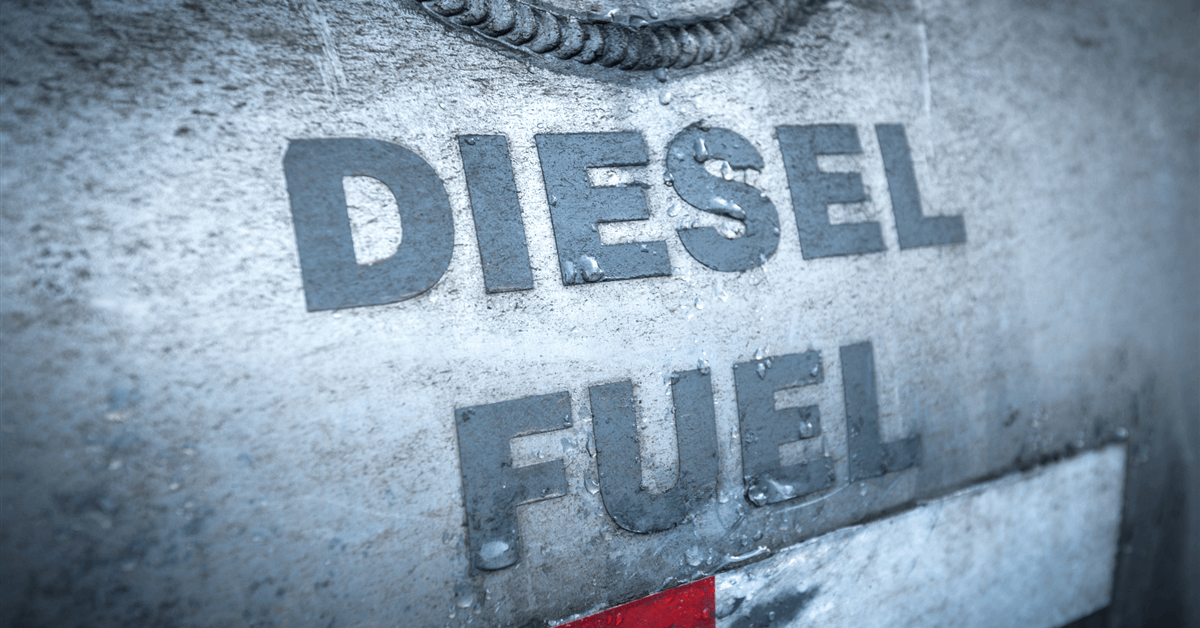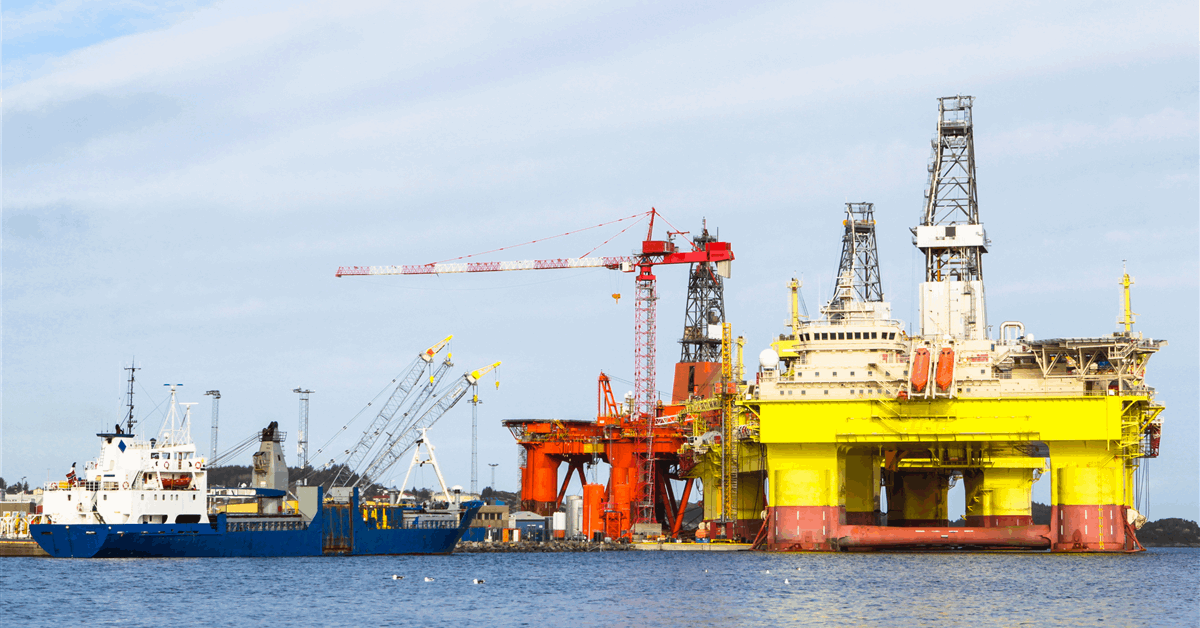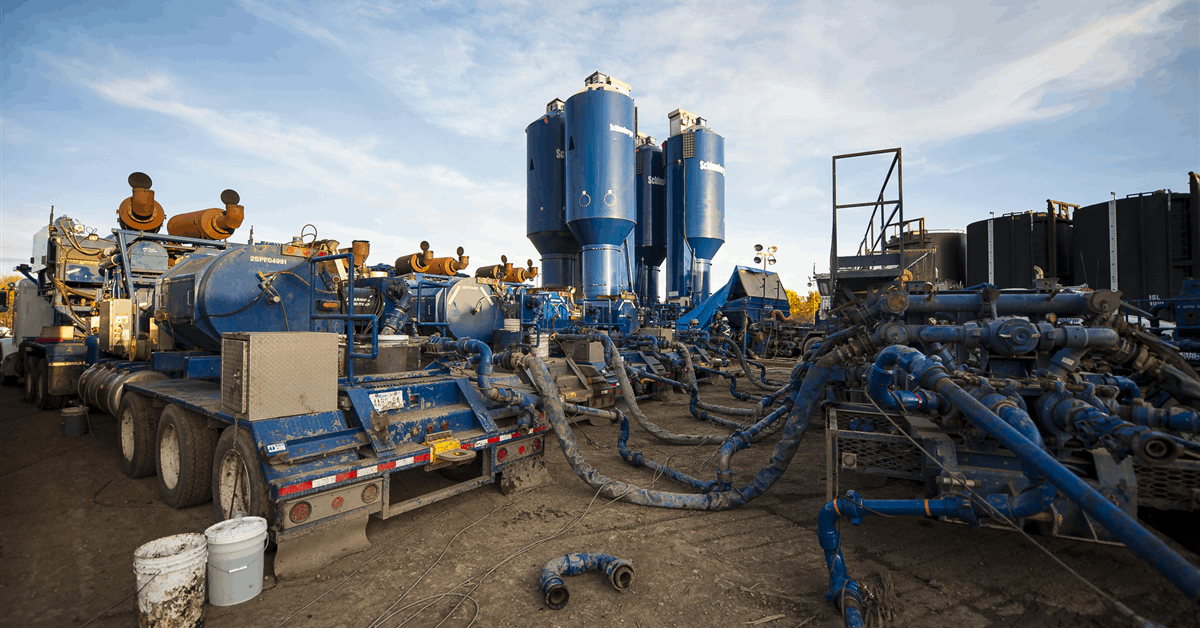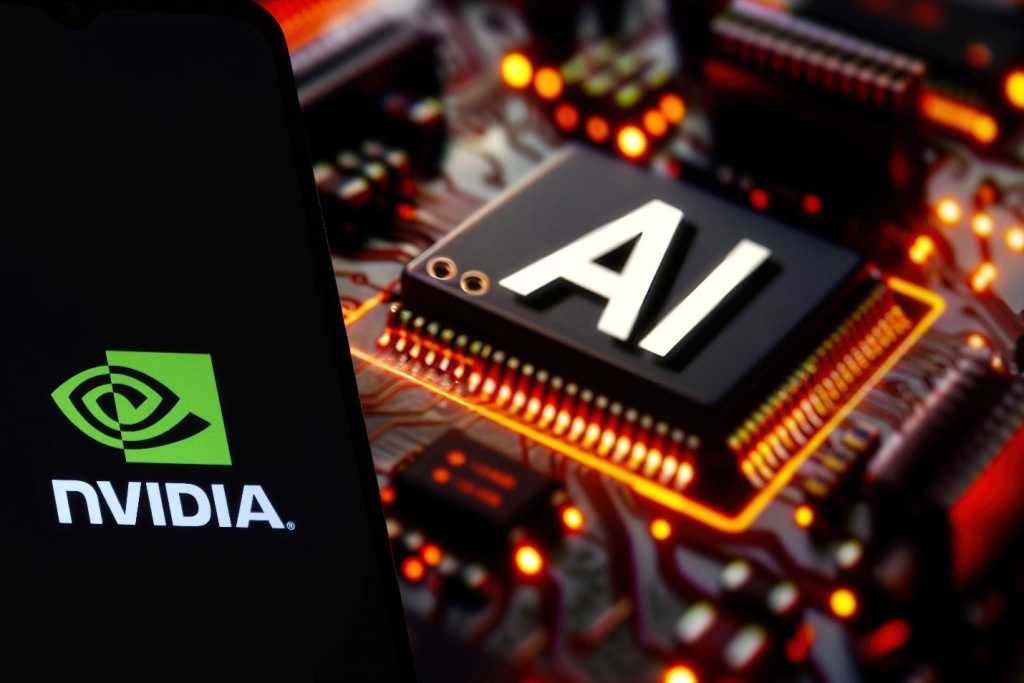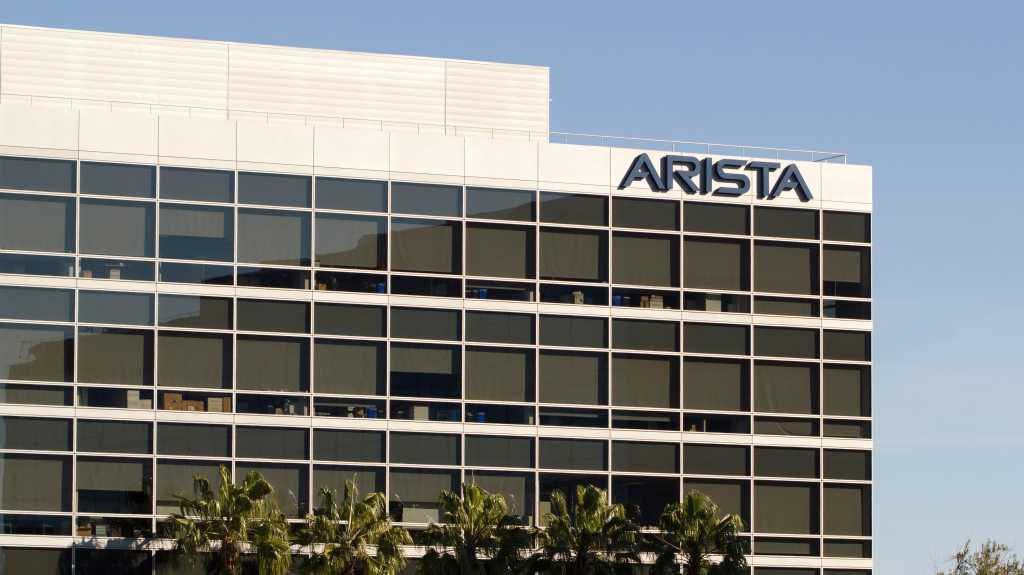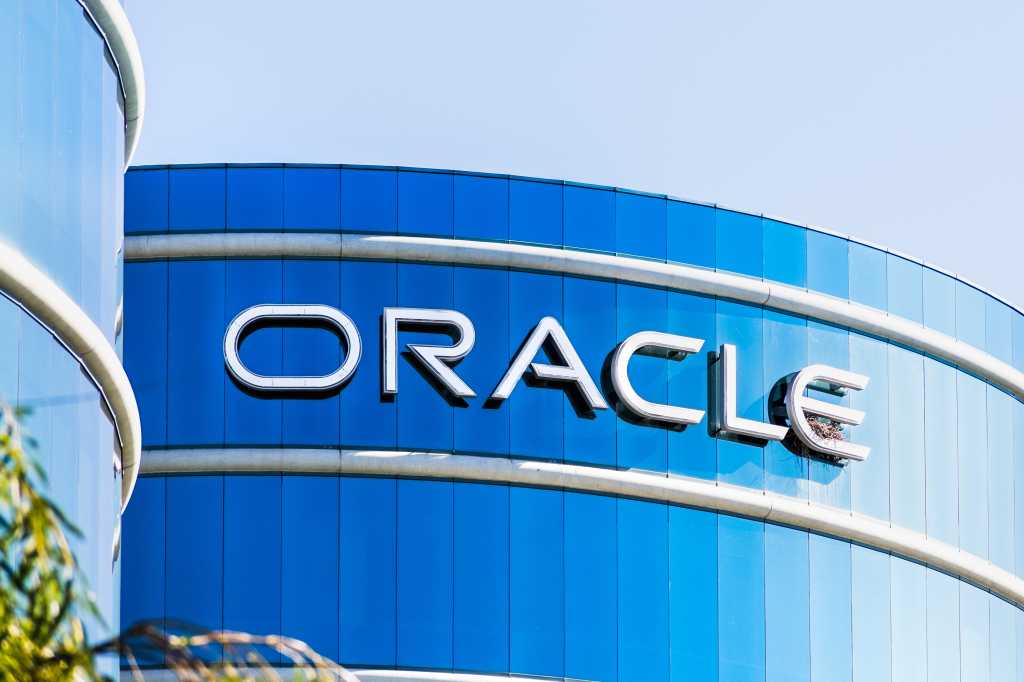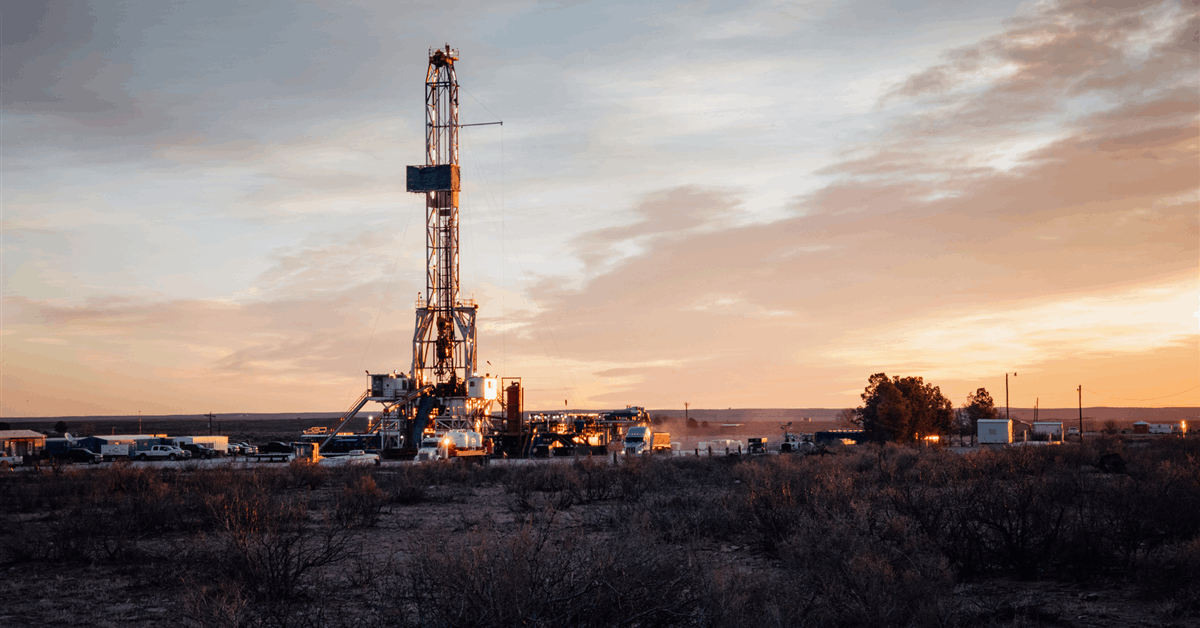
Tamboran Resources Corp. and its partners have achieved record completion results in the Beetaloo Sub-Basin onshore Australia’s Northern Territory after stimulating the Shenandoah South 2H (SS-2H ST1) sidetrack well.
“The SS-2H ST1 completion operations achieved five stages over a 24-hour period on multiple days, exceeding previous Beetaloo Basin records”, the Sydney-based natural gas exploration and production company said in a regulatory filing.
The stimulation covered 35 stages across a 5,483-foot horizontal section in the Mid Velkerri B Shale using Liberty Energy Inc.’s modern stimulation equipment, which according to Tamboran is “the first 80,000-hydraulic-horsepower frac spread imported into the Beetaloo Basin from the US”.
“The increased efficiency from the Liberty stimulation equipment has delivered Beetaloo Basin completion records for average proppant injection intensity and treating rates over 100 bpm [barrels per minute]”, commented Tamboran managing director and chief executive Joel Riddle. The 35 stages averaged 2,706 pounds per foot in proppant intensity.
“We will now focus on completing and cleaning out the SS-2H ST1 well ahead of the commencement of initial flow back and extended production testing”, Riddle said.
SS-2H ST1 is part of what Tamboran said is the biggest stimulation campaign in Beetaloo. Besides the sidetrack well, the campaign, announced January 24, includes Shenandoah S2-4H (SS4H). A total of 119 stimulation stages are planned across the two wells.
The wells are planned to supply the EP 98 license’s proposed Shenandoah South Pilot Project, which is expected to produce 40 million cubic feet of gas a day. The developers expect to start production mid-2026.
An additional four-well campaign is planned for 2025 to complete the Pilot project’s drilling phase.
EP 98 is operated by Tamboran (B2) Pty Ltd., a 50-50 joint venture (JV) between Tamboran and Daly Waters Energy LP, a portfolio company of Formentera Partners LP. Tamboran (B2) owns a 77.5 percent stake while Falcon Oil and Gas Australia Ltd., majority-owned by Falcon Oil & Gas Ltd. (Falcon), holds the remaining 22.5 percent.
In a separate announcement on January 24, Falcon said it had given up its five percent participating interest (PI) in the next drilling phase of the Pilot project, which involves the four remaining wells planned to be drilled this year.
“Falcon participated in the Shenandoah S-1H well in 2023 at its 22.5 percent PI which created a Drill Spacing Unit (DSU) of 20,480 acres”, Falcon said.
“Falcon participated in the S2-2H ST1 and the S2-4H wells in 2024 at its reduced 5 percent PI which created two DSUs totaling 46,080 acres.
“The Beetaloo JV partners [Tamboran (B2) and Falcon] are planning on creating an enlarged area around the Pilot, known as the First Strategic Development Area (FSDA), which would amalgamate the acreage and PIs from the DSUs mentioned above and any further DSUs that may be created as part of the Pilot.
“Depending on the ultimate size of the planned FSDA Falcon’s combined participation entitlement in the FSDA post the Pilot could be up to 10 percent.
“Falcon also retains a 22.5 percent PI in the remaining 4.52 million acres in the Beetaloo, net 1 million acres to Falcon”.
Falcon chief executive Philip O’Quigley said, “Reducing our participation in the next four wells has a minimal impact on our overall interest in the Beetaloo which remains at 22.5 percent”.
“This demonstrates the optionality afforded by the DSUs, which enable Falcon to strategically and efficiently deploy its capital”, O’Quigley said. “This reduction in our participation in the next four wells significantly reduces our 2025 capital expenditure whilst at the same time leaving us very well positioned to capture the overall success of the Beetaloo”.
To contact the author, email [email protected]
What do you think? We’d love to hear from you, join the conversation on the
Rigzone Energy Network.
The Rigzone Energy Network is a new social experience created for you and all energy professionals to Speak Up about our industry, share knowledge, connect with peers and industry insiders and engage in a professional community that will empower your career in energy.
MORE FROM THIS AUTHOR





